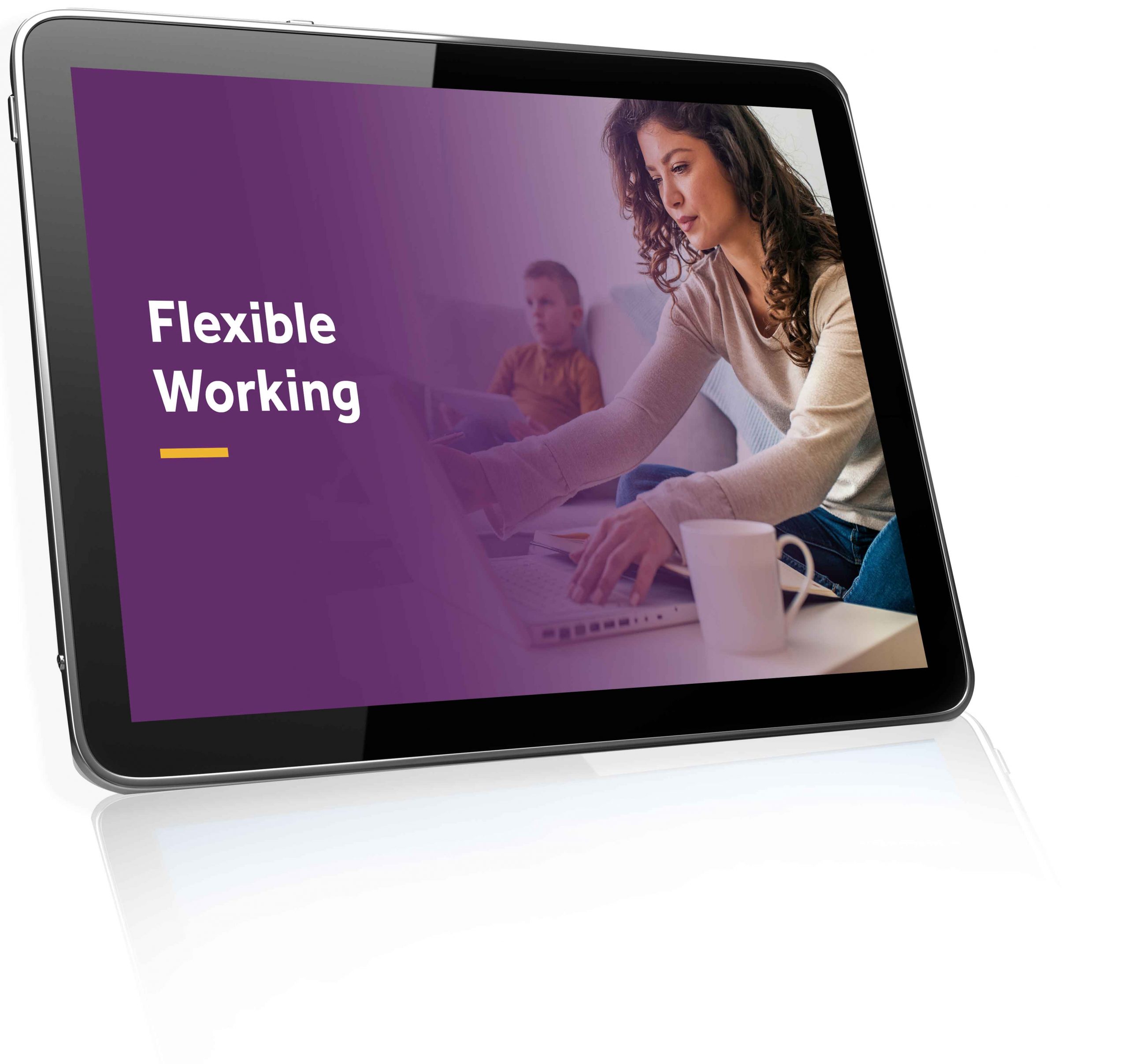
Remote work became a practical necessity throughout the pandemic. With conditions back to normal, many companies are striking a balance with hybrid working models. Explore the challenges and benefits of hybrid work and decide if incorporating remote workdays can help your team go the distance.
What is hybrid working?
Hybrid working is a flexible work model that supports a combination of in-office and remote work. Hybrid working arrangements offer employees the autonomy to work in a mixture of environments and promote work-life balance.
Types of hybrid working models
There are several distinct types of hybrid working models. Here are simple definitions for each:
Flexible hybrid work model: Employees are given the freedom to choose which days they work in the office, and which days they work from home. This schedule may change from week to week.
Fixed hybrid work model: This model involves a fixed schedule, with employees having set days for working in the office and from home.
Office-first hybrid work model: Employees may work from home sometimes, but the balance will favour working in the office.
Remote-first hybrid work model: This model is the reversal of the above, with employees mostly working remotely.
Benefits of hybrid working
For both employers and employees, there are range of benefits that come with adopting a hybrid working policy:
✔ Increases productivity: Research has found 83% of employees believe they are more productive with a hybrid working arrangement. Reduction of commuting hours leaves them with more time to complete tasks, while modern tech means they can still collaborate effectively.
✔ Increases job satisfaction: Hybrid ways of working allow employees to be productive without putting the rest of life on hold. This improved work-life balance leads to greater job satisfaction.
✔ Improves mental health and wellbeing: Employees who perform in their job roles and lead a full and enjoyable lives are likely to be happier and healthier.
✔ Less burnout: Less commuting and more time to take care of themselves emotionally and physically means employees who work in a hybrid work environment are less prone to burnout.
Disadvantages of hybrid working
If you are considering implementing a hybrid work policy, there are also some disadvantages to factor in:
✖ Communicate with your employees: Even with tech advances, ease of communication is often compromised. Talking to a colleague who sits opposite you is easier than setting up a Zoom meeting.
✖ Developing the right hybrid model: Finding a hybrid model that works well for your business without introducing unnecessary blockers can take time, not to mention money.
✖ Increased security risks: Using hybrid work technology introduces heightened cyber security risks. Company data might be accessed via the cloud, wi-fi connections may not be secure, and employee laptops and devices are more vulnerable in public spaces.
✖ Harder to collaborate: While Zoom, Microsoft Teams and collaborative software make it easier to collaborate remotely, the interactivity is simply not as effective as face-to-face.
✖ Not suitable for all industries: Some industries rely on public interaction, such as healthcare and education. Others demand staff be physically present, including construction and hospitality.
Hybrid working arrangements and policies
Having the right policies and procedures in place is paramount before switching to a hybrid workplace. These include:
Eligibility: The Fair Work Act 2009 stipulates that certain employees are entitled to request flexible work arrangements. Employers covered by an award must consult with the employee to try to reach an agreement about contacted changes to their working conditions.
Hybrid working expectations: Although an employee is working from home, certain expectations will still need to be met. Be sure to clarify working hours, the need to maintain communication, and any expected targets for productivity.
Remote work guidelines: This will set out the policies and procedures for both the employer and employees. The purpose of a remote work guide is to help everyone involved navigate the obstacles that arise with hybrid work.
Office work guidelines: Most businesses will already have clearly defined office work guidelines, but they may need to be updated to reflect any changes brought about by switching to a hybrid model.

Wondering about your responsibilities with flexible working?
Our free Flexible Work e-guide gives handy tips on how to manage flexible work requests, implement work from home policies, and meet your health and safety requirements with flexible workers.
Hybrid workplace best practices
When it comes to unlocking your hybrid team’s potential, there are a few simple steps to follow:
Invest in the right technology: Tech should be a facilitator of hybrid work, not a barrier. Make sure remote teams have access to the equipment and applications they need. It may also be necessary to add videoconferencing facilities to meeting spaces.
Focus on the employee experience: Do everything you can to create an equitable experience for remote workers. You may choose to integrate collaborative software or adjust how company coms are circulated so that remote workers feel connected.
Maintain consistent team check ins: Another way to maintain a strong connection is through regular check ins. This fosters collaboration and ensures your teams continue to operate with a human touch.
Track goals and performance metrics: With remote workers, make an extra effort to track results and provide feedback. Invariably, hybrid workers want the same development opportunities.
Employsure can provide templates for applications for flexible working and help you respond to a request for a flexible work arrangement. For peace of mind, please call our 24/7 Advice Line now on 1300 651 415.
